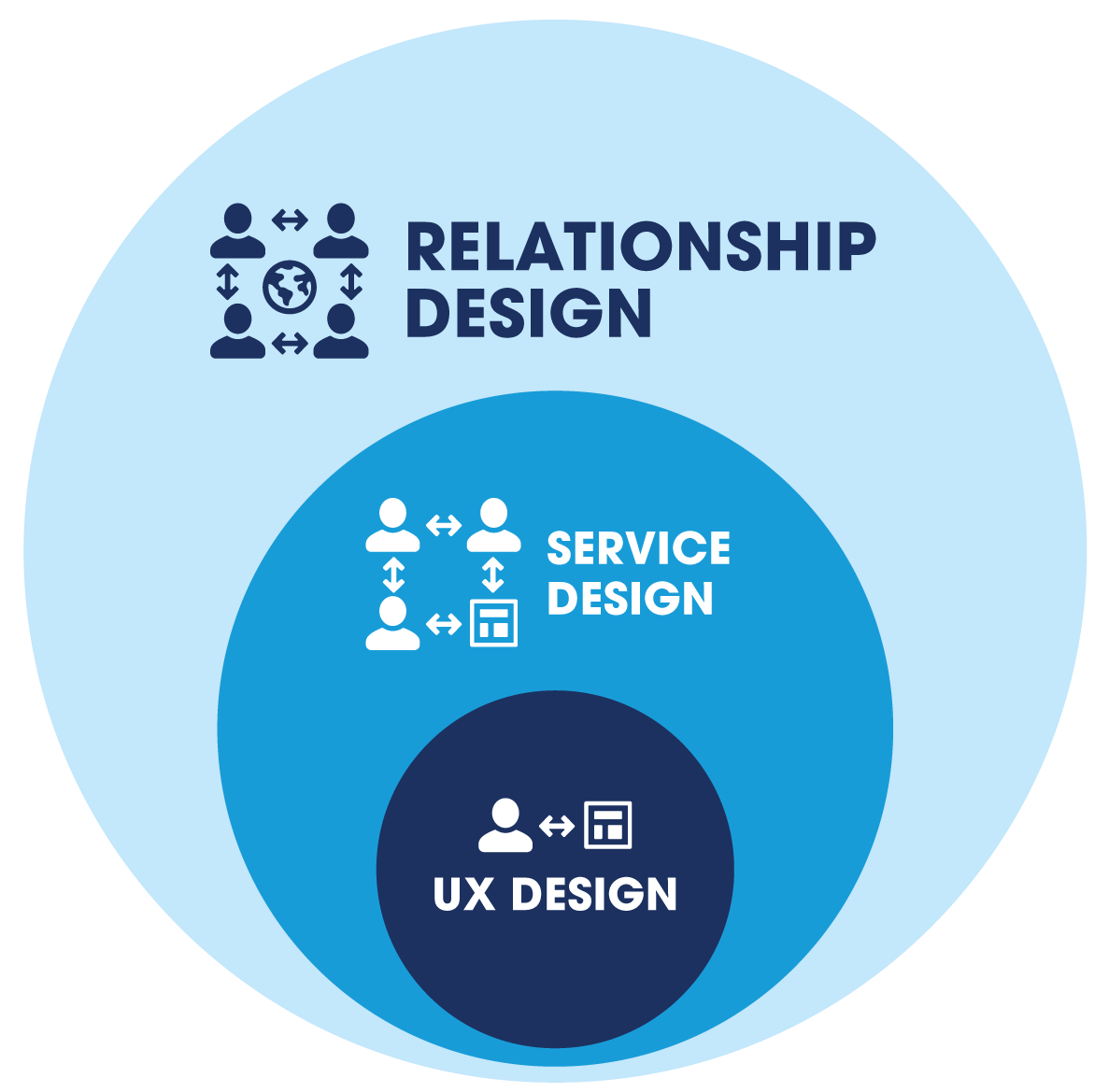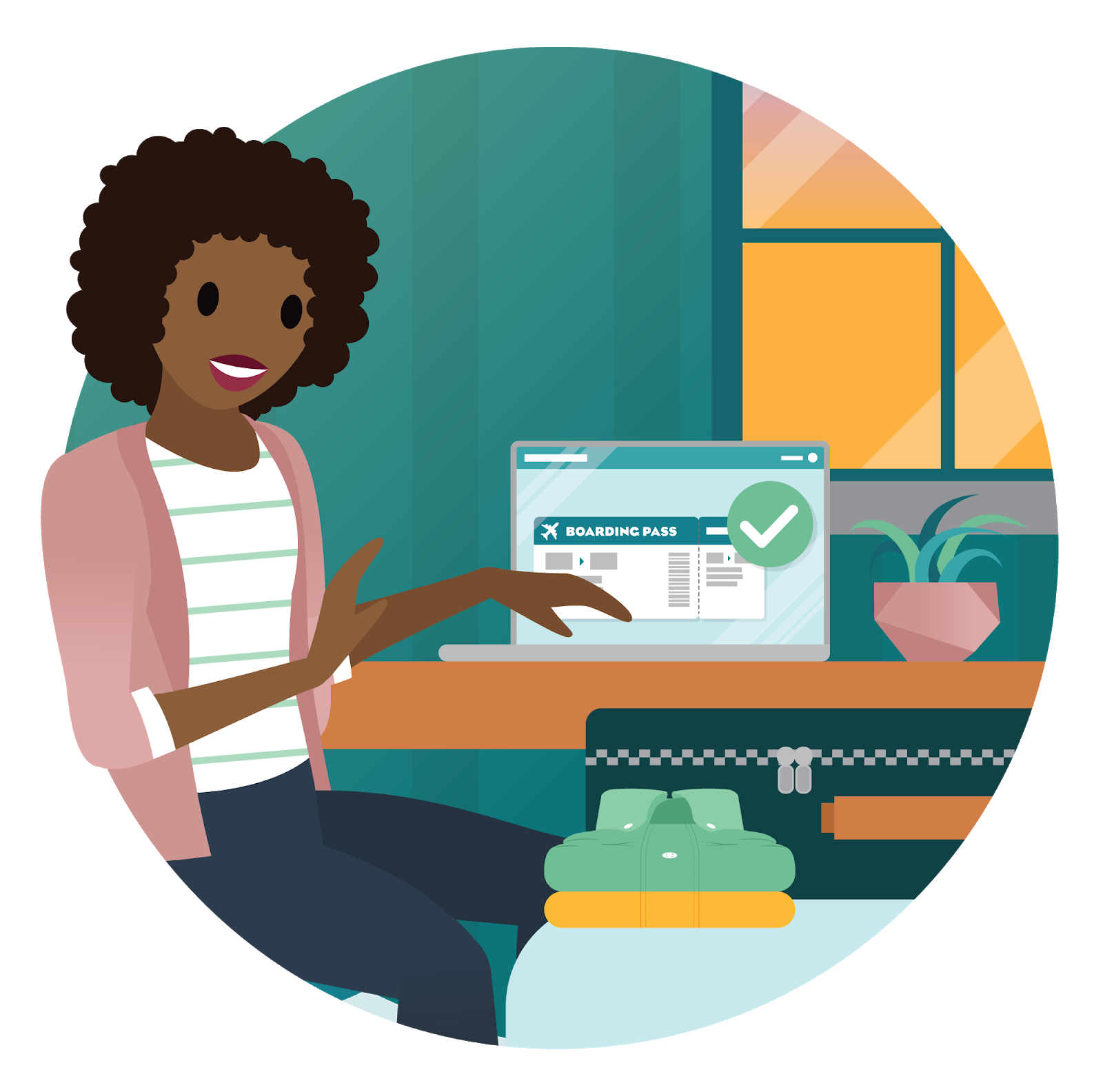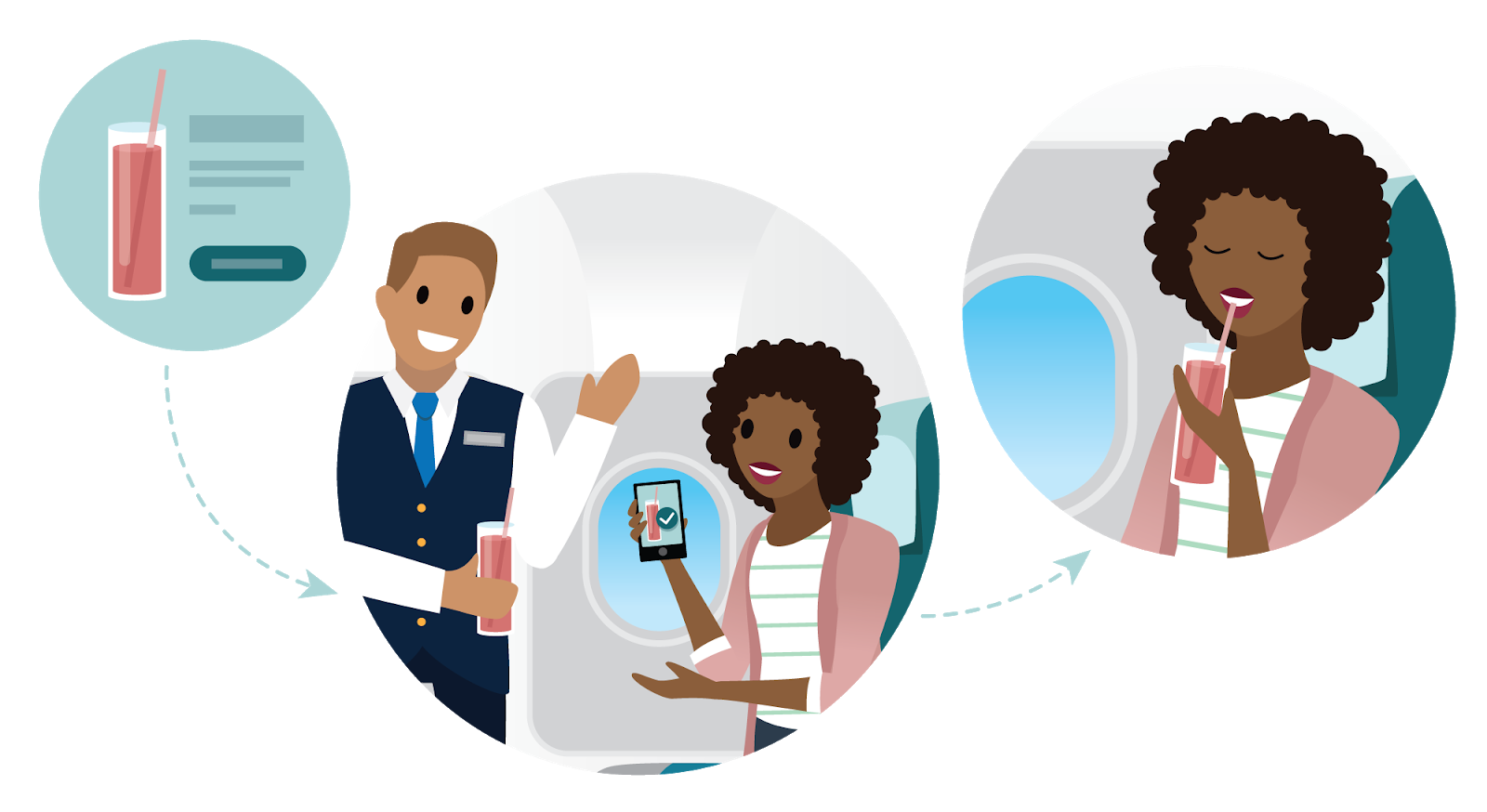Explore Human-Centered Design
Learning Objectives
After completing this unit, you’ll be able to:
- Define human-centered design (HCD).
- Describe the evolution of HCD through user experience design, service design, and Relationship Design.
- Define Relationship Design.
Human-Centered Design
Design is getting a lot of attention these days in business communities. Design helps teams solve complex problems, communicate cross-organizationally, and stay focused on people’s needs to deliver more relevant and delightful customer experiences.
Lots of us do design work without even knowing it. If a developer reimagines a Salesforce instance to improve their team’s productivity—they’re doing design work! Anyone (really, anyone) can use design to improve their business or organization.
But what do we mean when we say design?
There are many ways to define design, but we’re going to focus on one definition. Human-centered design (HCD) is a creative approach to solving people’s problems that begins with identifying their needs and ends with creating solutions—products, experiences, and services—that meet those needs.
HCD is a method of creative problem-solving that leads to a desired outcome. The methodology was developed at the Institute of Design at Stanford and used by design agency IDEO to generate business value. Companies applying HCD principles with well-funded design programs outperform their peers by as much as 2:1. These days, companies across industries are clamoring to build out their in-house design capability.
People are at the heart of HCD. What goals are they trying to achieve? How do they feel throughout the process? How is their progress helped or hindered along the way? Only when we seek to understand people’s lived experience can we develop the right solution to address their problems.
Historically, HCD has been geared toward finding solutions that are desirable, feasible, and viable.
- When a solution is desirable, that means people actually need it.
- When a solution is feasible, that means you can actually build it.
- When a solution is viable, that means it fits your organization’s business model.
When those three criteria are met by a solution, you’ve found the sweet spot for HCD.
Let’s look at some ways HCD principles have been applied in business that are most relevant today.
- User experience (UX) design—The creation of meaningful and relevant experiences for users.
- Service design—The creation of consistent user or customer experiences across multiple interactions.
UX design and service design describe what someone is designing: a product or a service. HCD is how something is designed. HCD methods have long been applied to UX and service design. It’s a flexible and powerful practice. What you do with it is all about where you focus.
The next chapter of design history pushes HCD to focus on more than just an individual person’s experience. It considers how people are connected to each other, how they engage over time, and the ways they are embedded in communities and society. This is known as Relationship Design. Relationship Design is the creation of experiences that foster ongoing engagement and strengthen connections between people, companies, and communities over time.

Throughout this module, we cover the evolution of HCD leading to the development of Relationship Design, how design can be used to strengthen different kinds of relationships, and the core mindsets of Relationship Design that can be put into practice in any role or function.
But first, let’s explore the ways Relationship Design builds on HCD’s foundations in UX and service design.
User Experience (UX) Design
UX design focuses on the experience a person has with a product—often a digital product. UX design is dedicated to improving the user’s experience with a product or service, through an understanding of aesthetics, behavior, technology, and environment.
Let’s say you’re going to the airport for a well-deserved vacation. The airline emails you when it’s time to check in for your flight. You click the link attached to the email, which launches the check-in webpage for your flight. It shows a large button that says, “Check In.” Easy! You press that button and, bam–you have the option to “Download Your Boarding Pass.” In only a few clicks, you’re ready to get on with your trip.

While that seems like a frictionless user experience, a UX designer always thinks about how to make it even better. What if you get a text from your airline with a prompt to reply 1 to check in and reply 2 to deny. When you reply 1, the system sends you a QR code boarding pass. Done!
The theory behind UX design is that the value of a product can be increased when it’s shaped around the experience of those who use it. The practice responds to the behaviors of people and seeks to guide them toward specific outcomes.
UX design focuses on:
- How easy it is for someone to use a product.
- How quickly someone can complete tasks using a product.
- How much someone enjoys interacting with a product.
Service Design
Service design builds on UX design by considering all of the interactions a person has with a company, not just their interaction with a particular product. Service design pays attention to an organization’s processes and systems that impact a user or customer so that their experience is optimized throughout the entire journey.
Going back to your upcoming flight—the great user experience of the check-in process is just one piece of the service. There’s a whole set of digital and physical interactions that contribute to your experience. Once at the airport, you head to a kiosk to check your bag. On the plane, a flight attendant brings the beverage you requested on your phone before boarding as soon as the seat-belt sign is off. You click through in-flight entertainment options on the seat back in front of you, and eventually deplane (groggy-eyed) at your destination.

Your experience is made up of a ton of distinct interactions—not just the easy check-in process. The theory behind service design is that all of these interactions matter, and companies need to make your journey through them as consistent and enjoyable as possible.
Service design focuses on:
- How easily someone can accomplish their goals during an interaction, whether online or in person.
- How consistent the brand experience is for customers across distinct interactions—whether they’re online, in an app, on different devices, or in person.
- How organizations are set up to deliver great experiences to customers.
Relationship Design
Relationship Design builds on both UX design and service design by focusing on more than just an individual person interacting with a product or brand. Relationship Design considers the connections a person has with other people in their life, the ongoing relationship they can have with a company, and the relationships people have with their wider community and planet.
When designing for relationships, keep the following goals in mind.
- Engagement—How products, experiences, and services encourage ongoing engagement with brands.
- Connection—How products, experiences, and services support individuals, communities, and brands connecting with each other.
- Social values—How products, experiences, and services impact all people (including non-customers and non-users), as well as the planet.
Remember the sweet spot for HCD outlined earlier? Success is at the intersection of desirability, feasibility, and viability. Relationship Design expands the criteria, so that products and services are made with inclusivity, sustainability, and ethics in mind.
- When a solution is inclusive, the products and experiences are accessible to people of diverse identities, lived experiences, and abilities.
- When a solution is sustainable, it’s made with materials and manufacturing processes that protect our planet.
- When a solution is ethical, it does not cause harm to any person—even people who aren’t users or customers, and especially those who have been historically marginalized.
These added criteria are necessary for organizations to become a force for good in the world—not to mention hold long-term relevance in the market.
How does this play out in practice? Glad you asked. Remember your plane trip? There are tons of ways that a travel experience can be designed to support, strengthen, and encourage relationships.
- Not traveling alone? During booking, you can enter the flight confirmation numbers of fellow travelers (whether or not they’re your family), which automatically assigns you seats side by side.
- Are you gender-nonconforming? Instead of being forced to choose male or female during booking or throughout your journey, you have nonbinary options that match your identity.
- Looking to connect with others along the way? The airline has designed ways to find connection with your fellow passengers and to engage with those you care for on the ground.
- Concerned about the environmental impact of air travel? Read through the Economic and Environmental Responsibility report in the seat-back pocket for a transparent glimpse at the airline’s operations and ways to offset your carbon footprint from this trip.
- Frustrated with an aspect of the service? Join the airline’s Customer Committee to co-create better experiences for everyone in exchange for frequent flyer miles.

The design of this travel experience focuses on the connections between individuals, between people and their communities, and between people and the brand. Just look at all the relationships that were built while traveling!
Now that we’ve learned how Relationship Design builds on service design and UX design, let’s check out the different types of relationships that design can strengthen in the next unit.